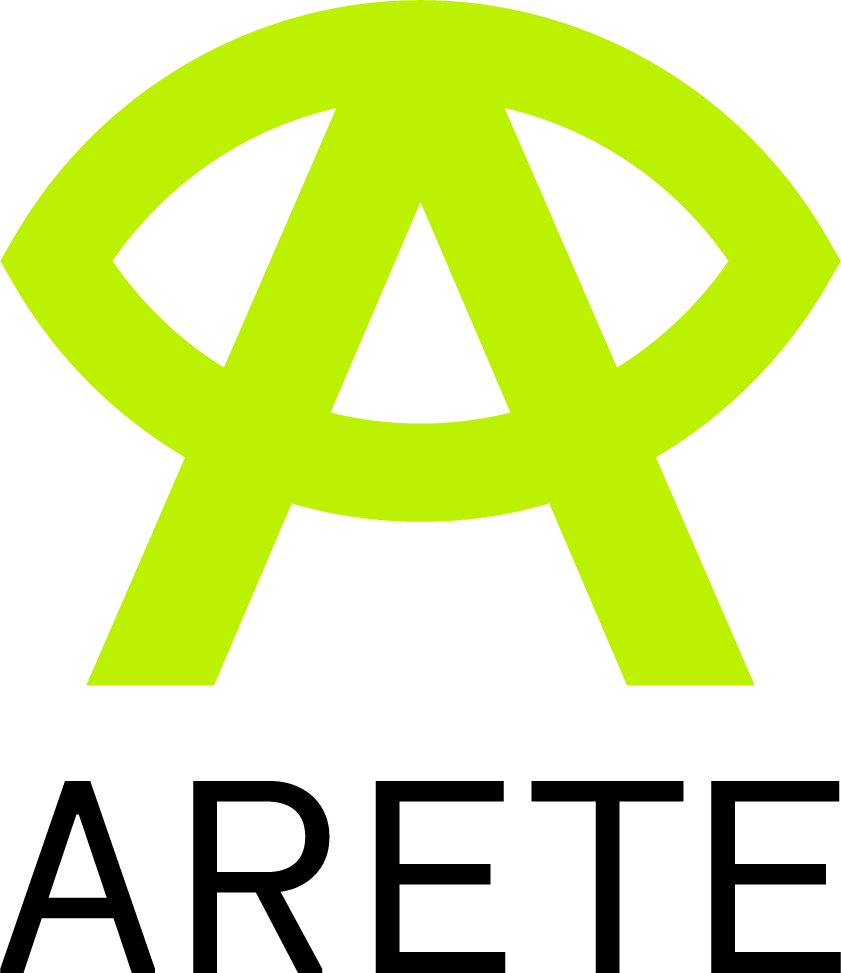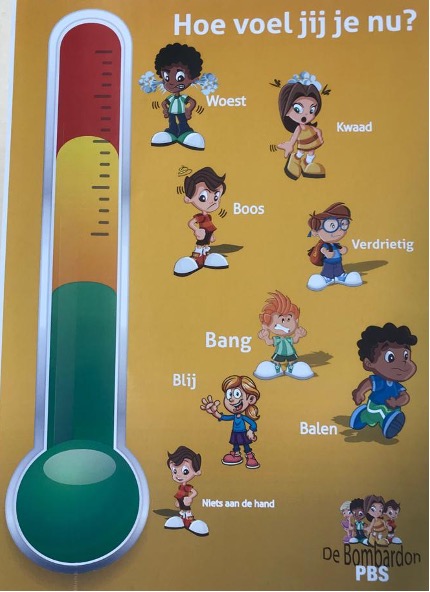How Augmented Reality Supports Curiosity in Learning
Curiosity is one of the key elements for keeping attention and focus on learning. It activates the brains in a way to keep the information longer and have motivation to study more, go in-depth of a subject. Curiosity is one of the great motivators that makes students sincerely interested in learning.
How can we spark curiosity in students? One of the ways is to introduce known or new information in a different way or using different tools. Augmented Reality is the tool that helps students to wonder and ask questions. This digital tool supports to actively choose learning by asking questions, looking for more information and researching new way of engaging in the process.
Augmented Reality for classroom education gives “extra powers” for teachers to show digital virtual experiences examples of concepts and add gamification elements that will enhance textbook material support. The main effect enables significant improvements in learning outcomes through increased engagement and interactivity of classroom environment. Curiosity can be a co-learner because Augmented Reality changes the way teacher can give instructions or explain information by visual means. Teachers have to use different ways of introducing subjects they teach. In many cases delivering the same information by different means (digital and analog) supports personalized learning approach too.
When teachers use digital technology, it supports new skills development and provides experiences that grow motivation in the context of learning. The use of Augmented Reality delivers new ways of attention retention, satisfaction in learning, confidence in material acquisition and relevance of the means of this information delivery.
In a standard STEM education, the abstract concepts, for example Geometrical shapes, can be delivered in several ways: through textbooks and 2D images and through real life 3D and 2D objects applications. The delivery of such material can be one-sided and not appealing to the level of curiosity and engagement that modern kids may require. Augmented Reality, on the other side, creates opportunities for educators to help schoolchildren grasp abstract concepts in the way it is convenient and understandable at individual level of learning through seeing, hearing and doing. Experimentation with Augmented Reality technology enhances classroom experiences by “What comes next?” types of questions and enables inquiry-based teaching and learning approach. Apart form delivering the necessary digital skills through digital education, teachers support enhanced classroom experiences and inspire the minds of students because schoolkids get easily excited about new technologies that help them to explore their academic interests.
Students’ interest in STEM skyrockets when they can easily understand the information delivered and this provokes curiosity about subjects, engaging them further in curricula-oriented educational content. Additional benefit is bringing STEM subjects to life by means of virtual contents adoption in real classroom scenarios. This creates extra positive memories and helps to remember essential details.
To conclude, individual benefits that Augmented Reality brings to every students are beyond the increased level of curiosity as it helps to acquire new skills and experiences that can create long lasting effects of life-time learning, develop critical thinking and collaborative skills. It is also important to keep in mind, that there is a strong link between curiosity and success in personal and professional life.



